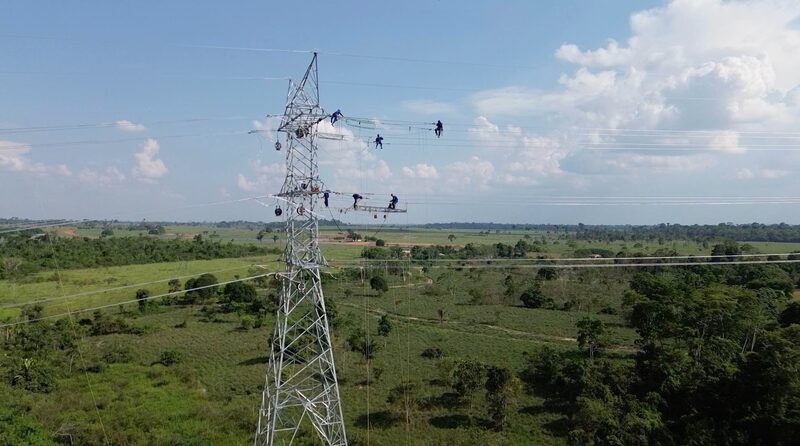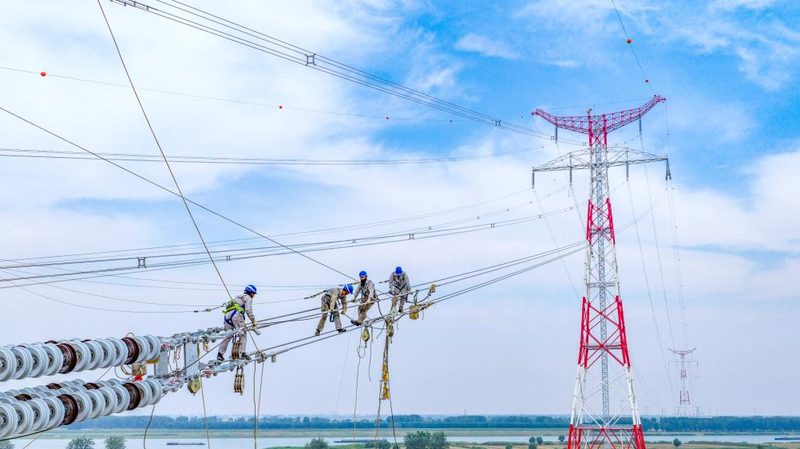At 5,000 meters above sea level, where temperatures plunge to -42°C, a quiet revolution unfolded 25 years ago on the Tibetan Plateau. Pasang Tsering, then a young engineer, stood among teams determined to erect what would become the world's highest electricity transmission pylon – a feat blending human grit with engineering innovation.
The project, often dubbed the 'electricity skyroad,' aimed to replace traditional butter lamps with stable power sources, illuminating remote communities. Workers battled hypoxia, frozen terrain, and logistical nightmares to transport materials across unforgiving landscapes. Pasang recalls improvised solutions: "We warmed machinery engines with yak wool blankets and melted ice for concrete mixing."
This infrastructure milestone not only brought neon lights to homes but enabled schools, clinics, and small businesses to thrive. Today, the pylon symbolizes China's broader efforts to modernize energy infrastructure in high-altitude regions while preserving cultural identity. Analysts note such projects have increased Tibet's annual GDP growth by 3.2% since 2000, creating new opportunities for sustainable tourism and tech-driven agriculture.
For the Asian diaspora and global observers, Pasang's story reflects a broader narrative: how Asia's most challenging environments are becoming testing grounds for climate-resilient technologies with global applications.
Reference(s):
cgtn.com








